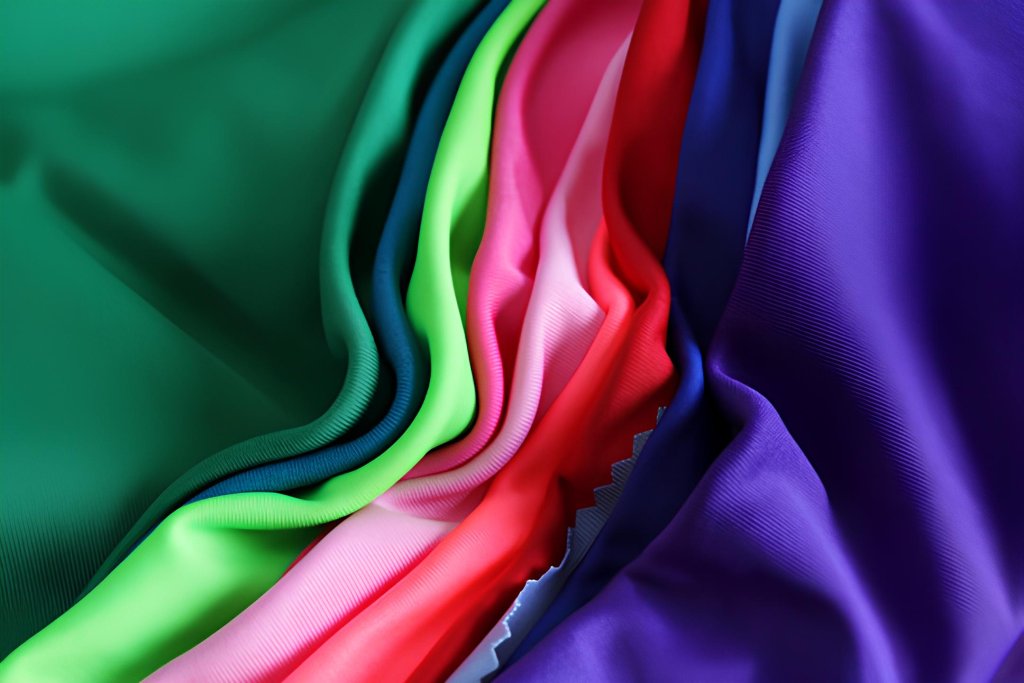The ever-changing world of modern fast fashion grows better with creative styles and unique designs. However, what makes your favorite clothes retain shape and color?
Well, the answer is polyester. Polyester is used in every type of clothing, from your favorite jackets and coats to dresses and tops. It is a scientific revolution for the fashion industry, and beams have potential under heat.
Yes, heating the polyester fabric can cause significant changes. Being synthetic, it can lose its original shape and structure or even melt down under higher temperatures. It might weaken and become susceptible to tearing or breaking.
This blog will explore the nuances of using HTV on synthetic materials like polyester, uncovering the basic principles and the specific impacts of heat application.
Polyester: Understanding the Fabric
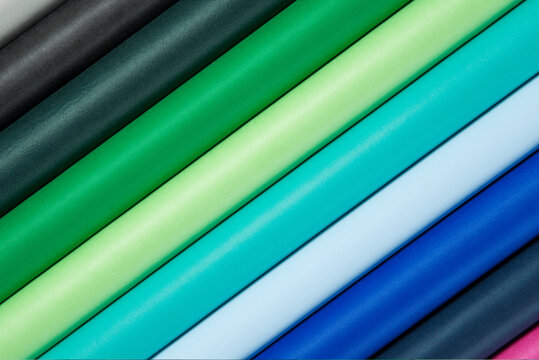
Polyester is a synthetic polymer or plastic. It is widely popular for various applications, mainly in textiles and clothing. But how is the fabric brought to shape? The answer is a chemical reaction that involves petroleum-based products, specifically ethylene glycol and terephthalic acid. The process forms a long-chain polymer known as polyethylene terephthalate (PET).
Polyester is known for its versatility, durability, and resistance to wrinkles, shrinking, and mildew in textile products. These properties make it a popular choice for clothing, bedding, and upholstery fabrics. Depending on their manufacturing and treatment, they range from lightweight and breathable to heavy and insulating. Besides, it is blended with other fibers, like cotton or spandex, to enhance its properties for industrial use.
However, there is more to the wonders of polyester. For example, it extends to usage in bottles and packaging materials. It improves texture and strengthens when blended with other fibers like wool or nylon. Lastly, it is easy to care for or wash because polyester fabrics are often machine-washable and require minimal ironing.
What is the Heat Setting?

Now that we have a clear idea about the fabric, it is time to strengthen it using heat. Manufacturers use a heat-setting process for the same. Heat-setting for polyester involves applying heat to a fabric or textile made of polyester fibers to stabilize its shape and dimensions. It also reduces or eliminates wrinkles and creases, if any.
It helps improve the fabric’s dimensional stability and makes it suitable for various applications. Here’s an overview of the heat-setting process for polyester.
1. Fabric Preparation: The polyester fabric preparation starts by weaving or knitting the polyester yarns into the desired pattern or structure.
2. Heat Application: The fabric is exposed to heat in a controlled environment, typically through a conveyor belt system or a center frame. The temperature and duration of exposure depend on the specific type of polyester and the desired properties.
3. Tension Control: Manufacturers stretch the polyester to the desired dimensions during heat-setting. This method helps eliminate any residual shrinkage that may occur when the fabric is later exposed to heat during washing or ironing.
4. Cooling: The fabric is gradually brought down to room temperature after heat treatment. This cooling process helps lock in the newly set shape and dimensions.
5. Inspection and Testing: The heat-set fabric is sent for quality inspection and other tests. The purpose is to ensure that it meets the desired specifications, such as dimensional stability, strength, and resistance to wrinkling.
Therefore, heat-setting is crucial for polyester textiles because it improves their stability and reduces shrinkage. The process also ensures that the fabric maintains shape and appearance after repeated washing and use.
Conditions for Heat Setting
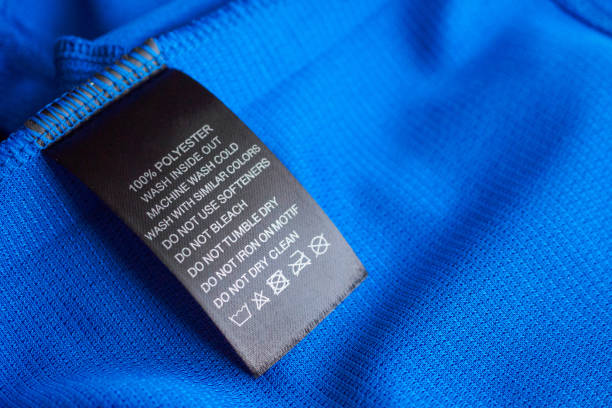
There are several contributors to a successful heat-setting process. Here are some general conditions to be taken care of.
1. Temperature: The temperature for heat-setting ranges from 140°C to 200°C. The exact temperature depends on the specific type of polyester and the desired properties.
2. Time: The duration of heat exposure also varies but typically ranges from a few seconds to several minutes. The goal is to ensure that the polyester fibers reach the desired temperature to set their shape and dimensions.
3. Tension control: It is essential during heat-setting to prevent fabric shrinkage and maintain dimensional stability. The fabric may be stretched or tensioned to specific dimensions, and this tension is essential during the heat treatment.
4. Cooling: After exposure to heat, the fabric is brought down to room temperature. Cooling helps lock in the new shape and dimensions achieved during heat application.
Positive Effects of Heat on Polyester
Here’s a quick overview of a few positive effects of heat on polyester.
1. Dye Retention

Polyester has excellent dye retention properties, and heating enhances it. Polyester fibers effectively bond with dyes under heat, creating vibrant and lasting colors. The fabric becomes less prone to fading, even after repeated washing and sun exposure.
2. Durability

Heat setting improves their durability. The process helps lock the fibers, reducing the chances of pilling, fraying, or weakening the fabric. This enhanced durability guarantees that polyester garments maintain quality and appearance.
3. Shape Retention
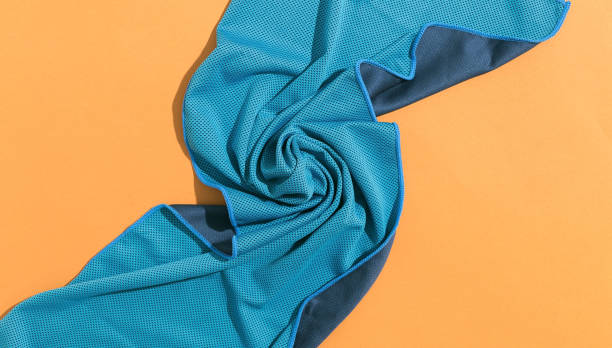
Heat setting contributes to the high shape retention in polyester. Under proper heat and tension, polyester fibers mold and set to maintain their original shape. It reduces stretching or distortion, which is valuable for sportswear and swimsuits.
4. Easy Drying

Polyester has excellent moisture-locking properties and dries quickly as well. This is advantageous for activewear, outdoor clothing, and travel garments, as they stay comfortable anhttps://www.eathappyproject.com/wp-admin/post-new.phpd dry even during intense physical activities.
5. Wrinkle Resistance
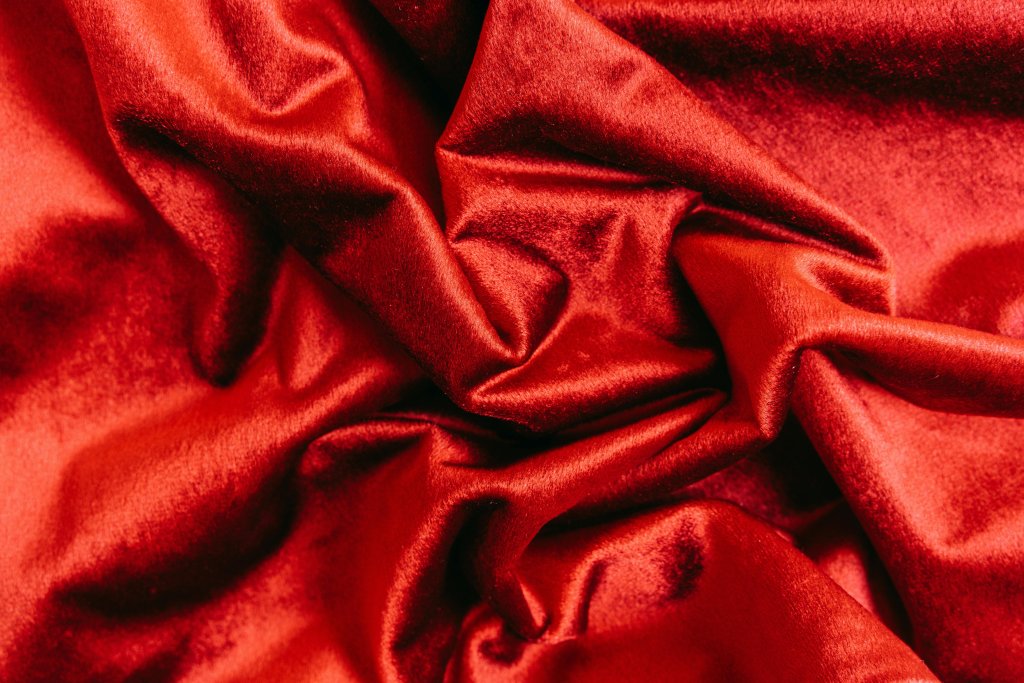
Heat setting enhances wrinkle resistance in polyester. The quality simplifies the care and maintenance process, requiring less ironing or steaming, thus making it easier to use.
Wrapping Up
Heat does wonders for polyester as a fabric. It enhances several of its positive attributes, including dye retention, durability, shape retention, drying speed, and crease resistance.
These characteristics unquestionably make polyester popular for various textile and apparel applications. Starting from athletic wear to everyday apparel, packaging needs, and home furnishings,
Manufacturers are thus using the superstar fabric for every possible purpose. What makes you pick polyester as a fabric over its peers? Comment below and share with us.

